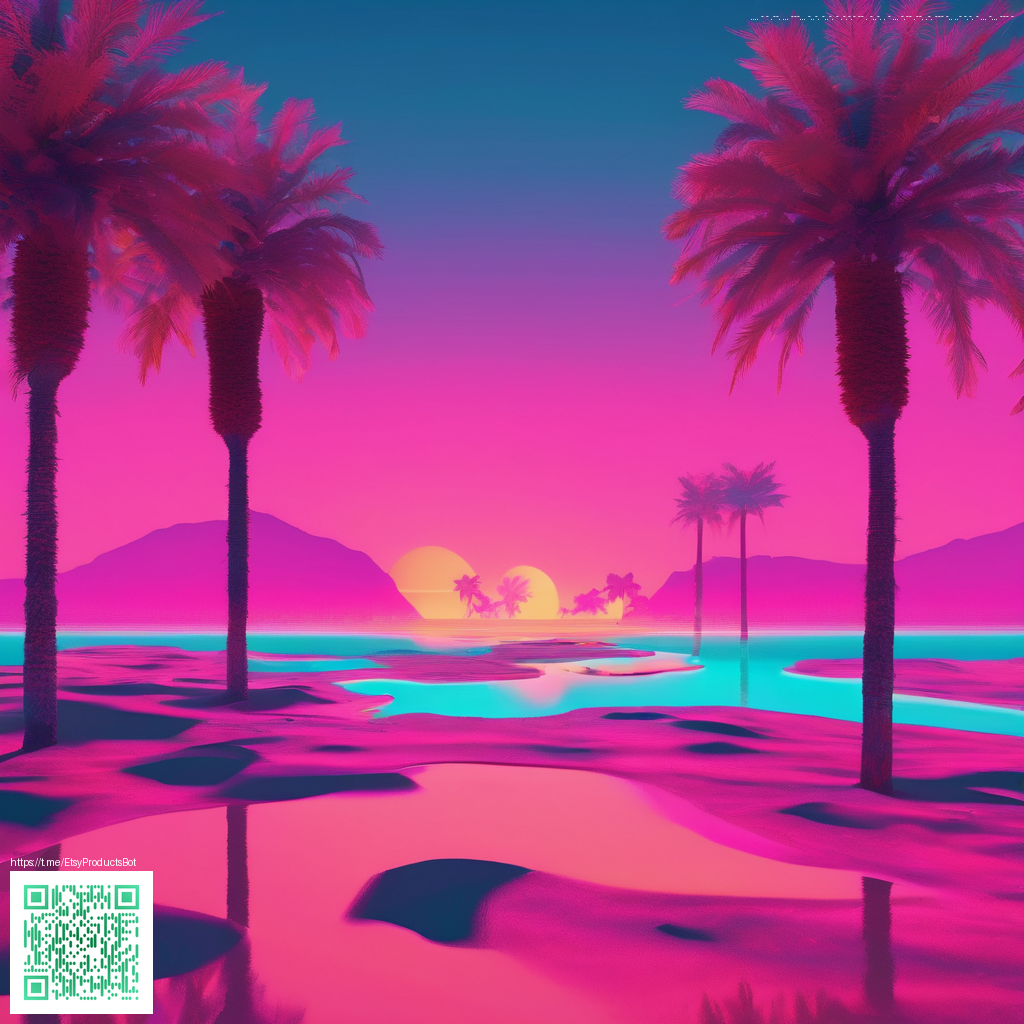
Using Light Blue Stained Glass in Adventure Mode Maps
Adventure maps reward curiosity and careful design. Light Blue Stained Glass gives you color with transparency so players can see what lies behind a panel while still recognizing it as a barrier. In the current landscape of Minecraft practice this block remains a calm and versatile tool for builders who want to guide players without hard blocking lines. This article dives into practical uses and design ideas you can try in your next adventure map.
Block basics in an adventure driven world
Light Blue Stained Glass has a low hardness and is transparent, which means it can be placed in a wide range of structures without feeling heavy. It does not emit light and it does not block light completely in a way that would make spaces dark. This makes it ideal for windows and decorative panels where color mood matters but visibility stays high. In adventure mode players are restricted by their tools, so glass acts as a reliable visual cue that does not require complex interactions to function as a barrier.
Strategic placement and visual cues
Use colored glass to mark safe routes, hidden rooms, or puzzle sequences. A wall of light blue glass can signal a transition area where players must search for a clue or switch. Because the glass remains see through, you can place hints on the walls behind it or create layered paths where the color itself helps players read the map layout. The result is a map that feels cohesive and easy to navigate at a glance while still presenting a challenge.
Gating and puzzle design in adventure mode
Adventure mode lets players interact with the world through selected tools. Glass blocks offer a clean gating element because they require an appropriate action to proceed rather than friction in movement. For example you can design a door that only opens when a specific tool interacts with a hidden mechanism beyond a tinted panel. The glass acts as a visual barrier that invites exploration while preserving game flow. Remember that glass is a solid block in most cases so it remains a physical obstacle that players must work around or solve.
Building tips that make color work
- Pair light blue glass with warm lighting behind it to create a soft blue glow that guides players at night
- Use glass in frames made from wood or stone to emphasize contrast and readability
- Combine with skylights to flood interiors with color during daytime exploration
- Place glass over interactive blocks to hint at a hidden mechanic without giving it away
- Experiment with different glass colors to convey mood zones in different map areas
Technical notes for map makers
Light Blue Stained Glass is a colored transparent block with no light emission. Its default state is stable across standard worlds, so you can rely on it to maintain color without affecting other blocks. When crafting an adventure map you can plan routes that stay readable even as players move between rooms with varying light levels. The transparency helps create layered storytelling where color communicates meaning just as much as signs or visual cues.
Putting it into practice a simple design idea
Imagine a temple entrance guarded by a blue glass halo. The panels are decorative yet functional, signaling where players should look for a clue hidden behind the glass. A small button or lever behind a glass pane can trigger a reveal sequence or open a passage, all while players admire the tint that keeps the atmosphere immersive. This approach rewards careful observation and makes the environment feel alive rather than merely functional.
Tip Friends who design adventure maps note that color coding across the map helps players learn the rhythm of exploration. Light Blue Stained Glass works well as a calm thematic anchor that still invites interaction 🧱
As you plan your builds for the latest Minecraft updates consider how glass interacts with lighting and visibility. The block does not block light completely, which means illumination behind the glass can be carefully controlled to maintain atmosphere without sacrificing clarity. This balance is crucial for adventure maps where players rely on visual cues to solve puzzles and advance the narrative.
If you enjoy pushing design boundaries and sharing your own map making experiments, your support helps keep the community thriving. Your contributions allow more players to discover creative uses for blocks like Light Blue Stained Glass as they craft and explore together
Support Our Minecraft Projects
More from our network
- What Triggers Bitcoin Transaction Fee Fluctuations
- Exploring Kalos in Pokemon X and Y a Quick Guide
- Hot Scorpius Main Sequence Star at 225 kpc Confirms Main Sequence Relationships
- Faint Distant Hot Giant Illuminates Stellar Mapping Challenges
- AI Driven Textures Transforming Digital Workflow From Start to Finish